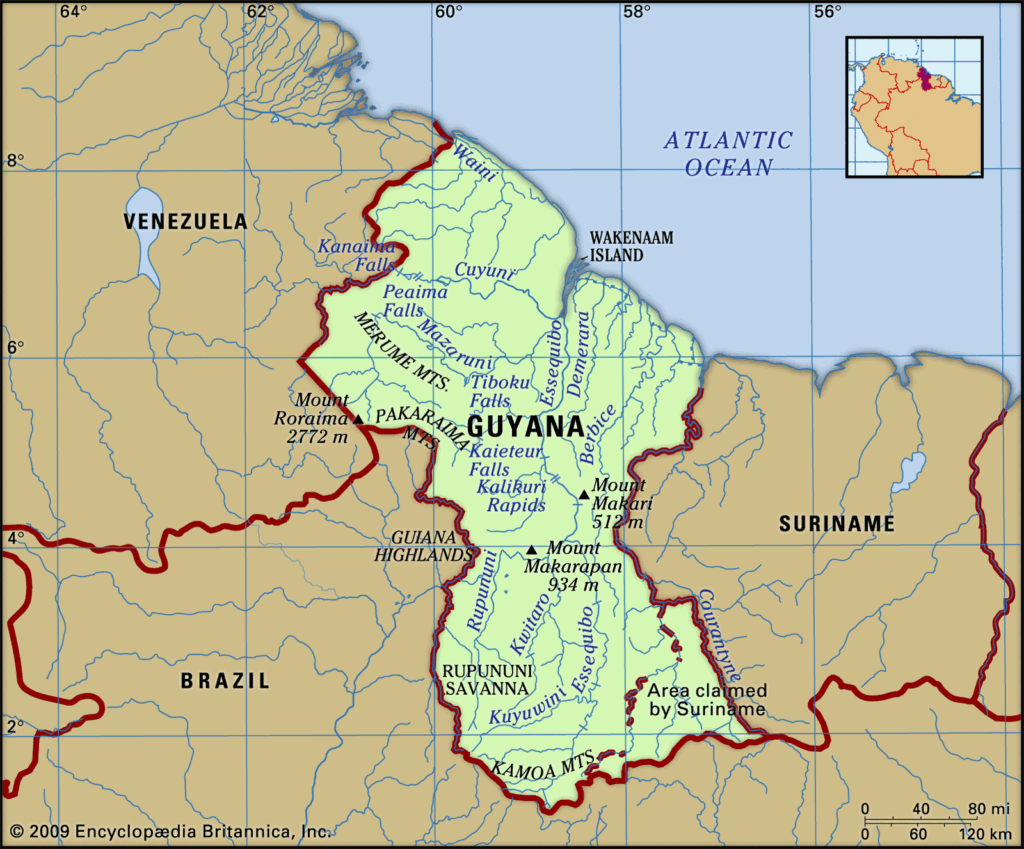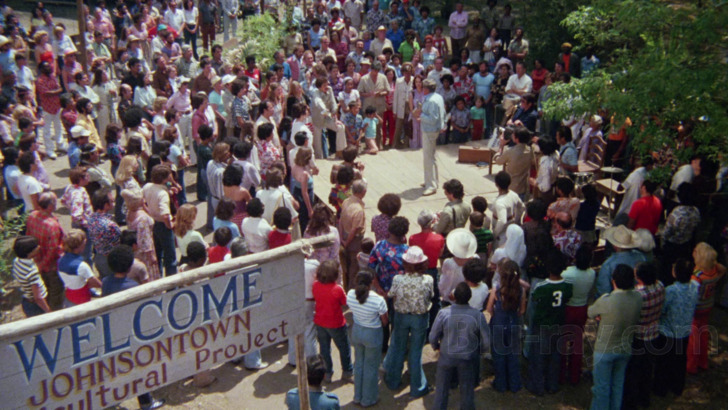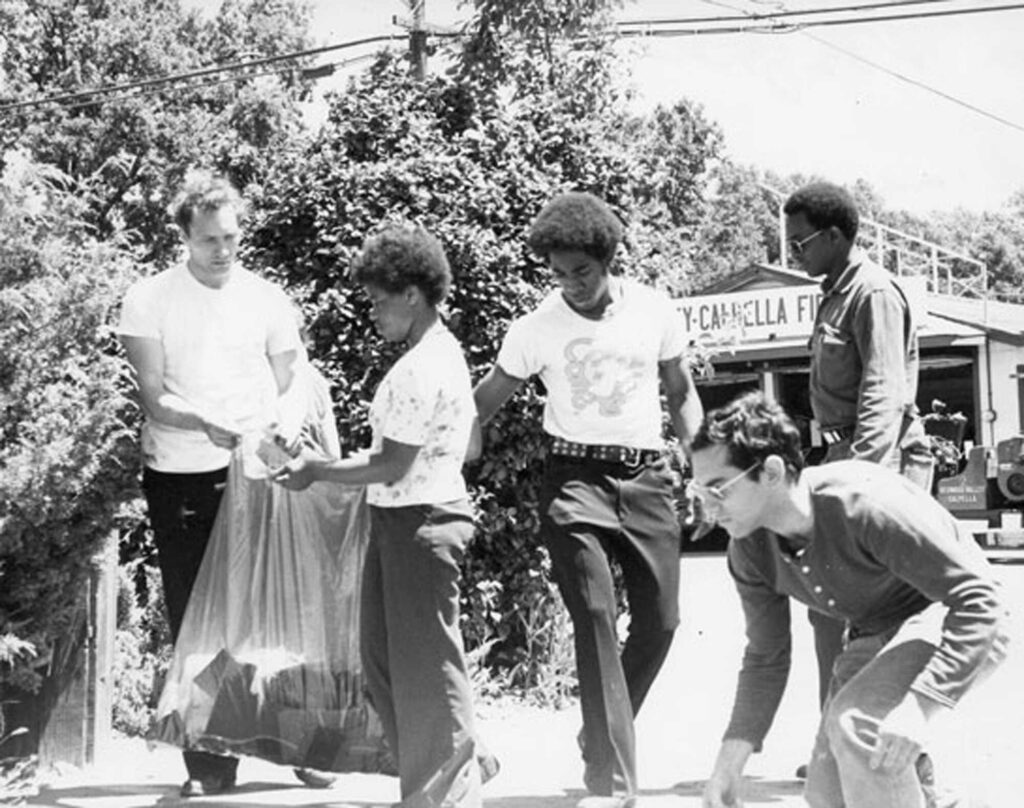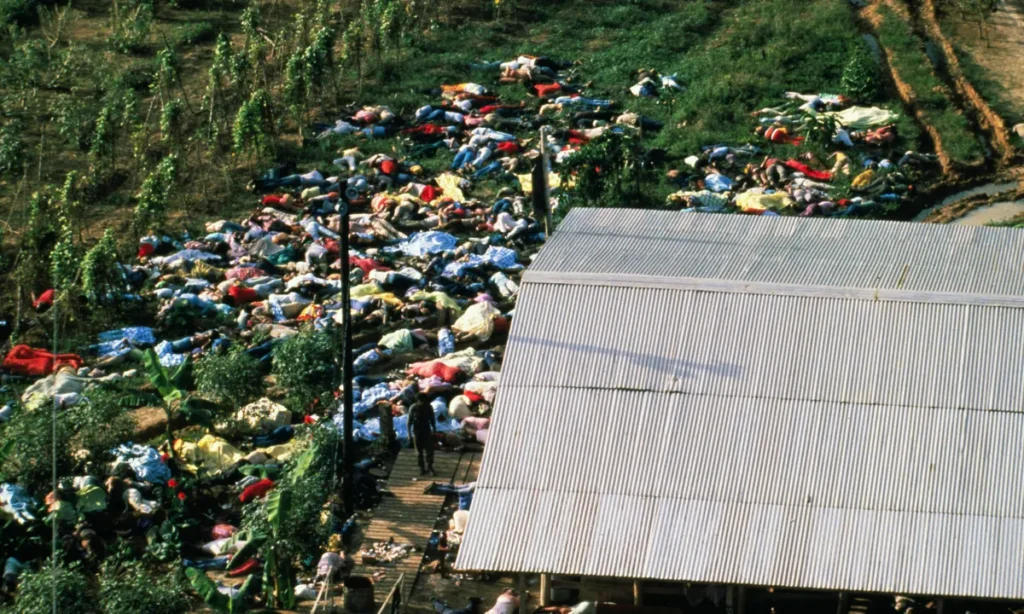
The Peoples Temple Agricultural Project, commonly known as Jonestown, remains one of the darkest chapters in modern history, leaving an unforgettable mark on the collective memory of Guyana and the world. Nestled deep in the jungles of Guyana, Jonestown was intended to be a utopian community, but it tragically descended into a nightmare of manipulation, coercion, and ultimately, mass death.
The story of Jonestown begins with the charismatic and enigmatic figure of Jim Jones, the leader of the Peoples Temple. Founded in Indianapolis, Indiana, in 1955, the Peoples Temple initially espoused ideals of social justice and equality, blending elements of Christianity with socialist principles. However, as the Temple expanded and relocated to California, particularly San Francisco, under Jones' leadership, its ideology took a darker turn.

Jones, a complex and manipulative personality, was deeply influenced by authoritarian figures such as Joseph Stalin and Mao Zedong. He wielded total control over his followers, employing a combination of psychological manipulation, physical coercion, and isolation to maintain his grip on power. Under his direction, the Temple became increasingly isolated from mainstream society, with members encouraged to sever ties with family and friends outside the group.

In the early 1970s, facing mounting scrutiny and criticism in the United States, particularly from media investigations into allegations of abuse within the Temple, Jones sought a new refuge for his followers. In 1974, after negotiations with the Guyanese government, the Temple secured a lease for over 3,800 acres of land in the remote jungles of northwest Guyana.
Jonestown was intended to be a socialist paradise, free from the perceived injustices and inequalities of American society. However, life in the settlement quickly devolved into a nightmare of forced labor, indoctrination, and surveillance. Members were subjected to grueling work schedules, constant propaganda, and strict control over every aspect of their lives.

Despite the outward facade of communal harmony, dissent and disobedience were met with harsh punishment. Reports of physical abuse, imprisonment, and even torture emerged from Jonestown, painting a grim picture of life within the settlement.
As the situation in Jonestown deteriorated, so too did Jones' mental state. Paranoia and delusions of persecution consumed him, leading to increasingly erratic and dangerous behavior. In November 1978, when a delegation led by U.S. Congressman Leo Ryan visited Jonestown to investigate reports of abuse and coercion, Jones saw it as a threat to his power.

The visit culminated in tragedy when members of the Temple attacked the delegation, resulting in the murder of Congressman Ryan and several others. Fearing the repercussions of their actions, Jones ordered the mass suicide of his followers, orchestrating the infamous "revolutionary suicide" that claimed the lives of over 900 people, including children.
The legacy of Jonestown is one of profound sorrow and disbelief. It serves as a stark reminder of the dangers of unchecked power and the susceptibility of individuals to manipulation and coercion. The scars left by Jonestown still linger in Guyana, a painful reminder of a dark chapter in the nation's history.

Today, Jonestown stands as a haunting symbol of the human capacity for both idealism and destruction, a cautionary tale that continues to resonate with people around the world. As we remember the victims of this tragedy, we must also strive to learn from its lessons, ensuring that such horrors are never repeated.
